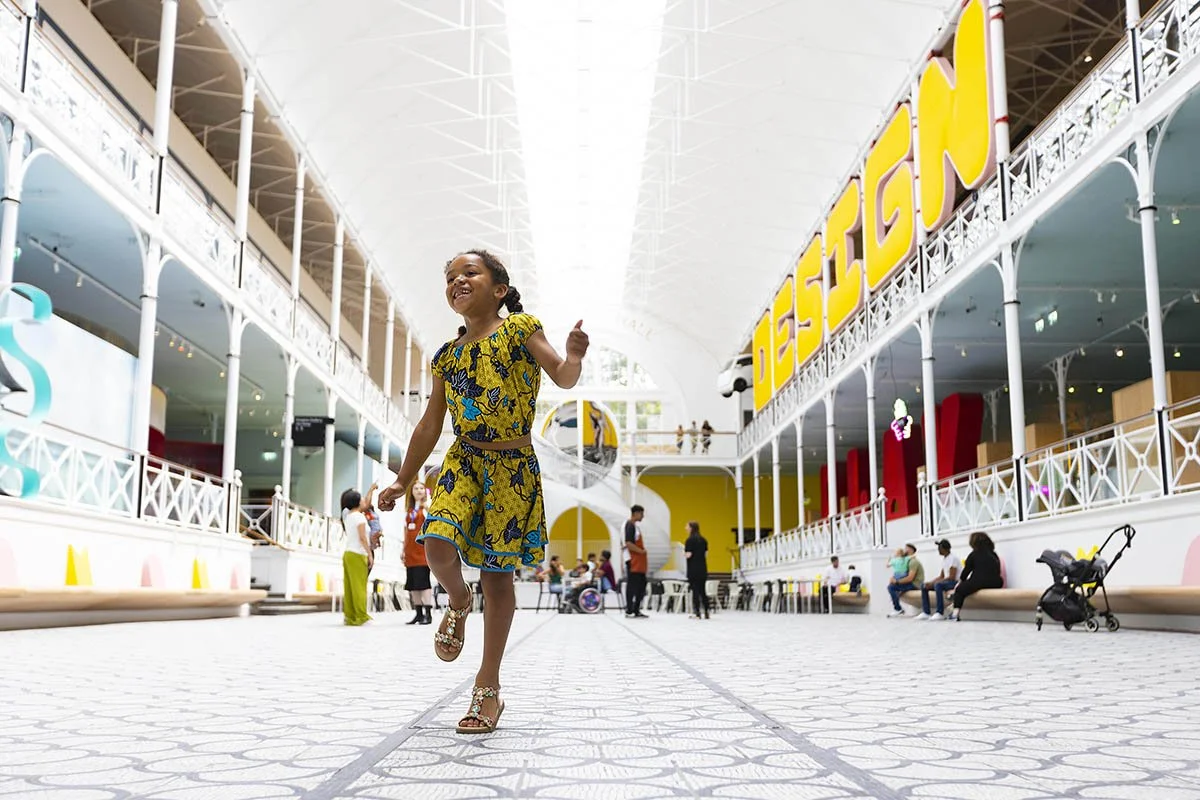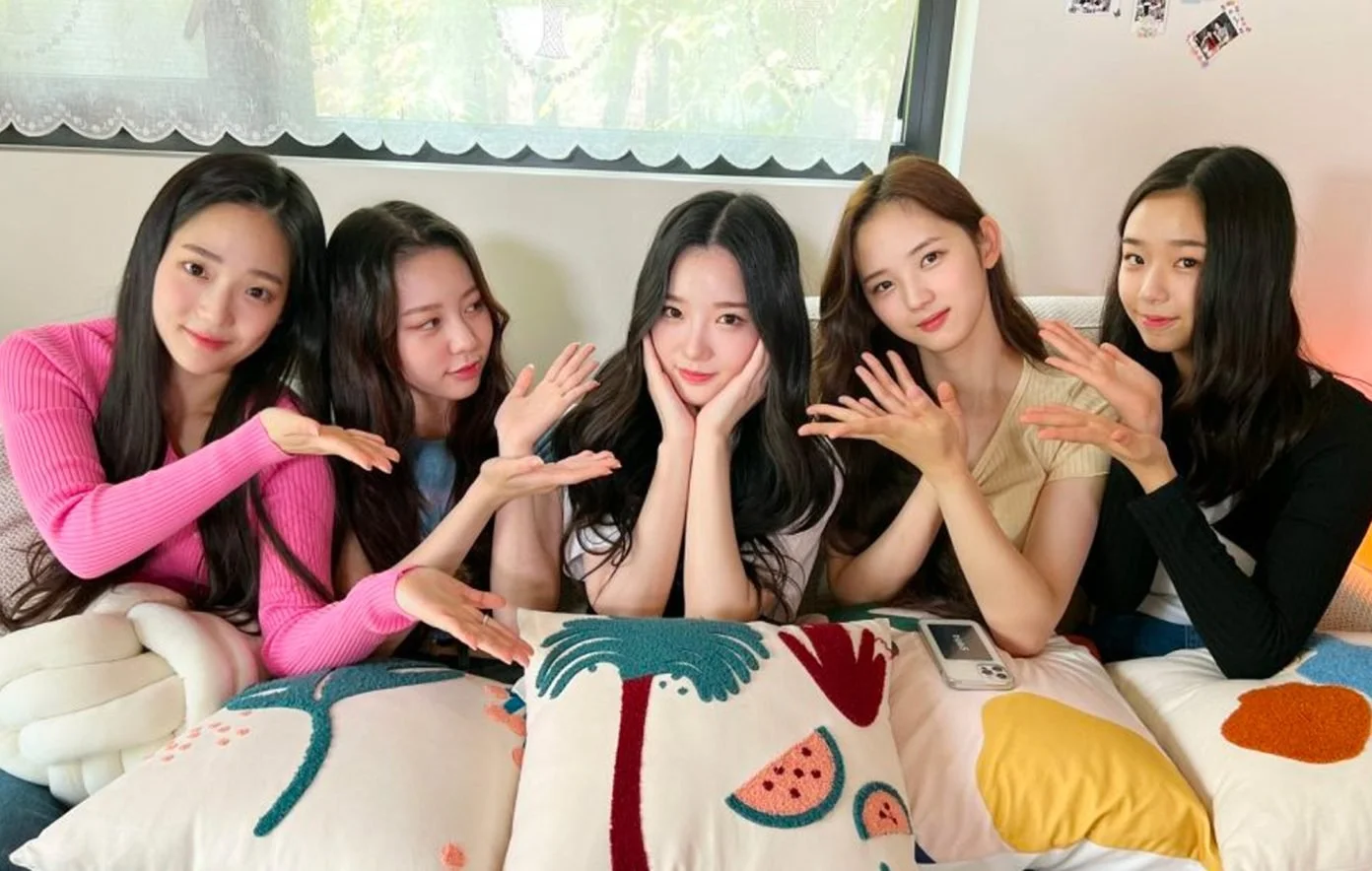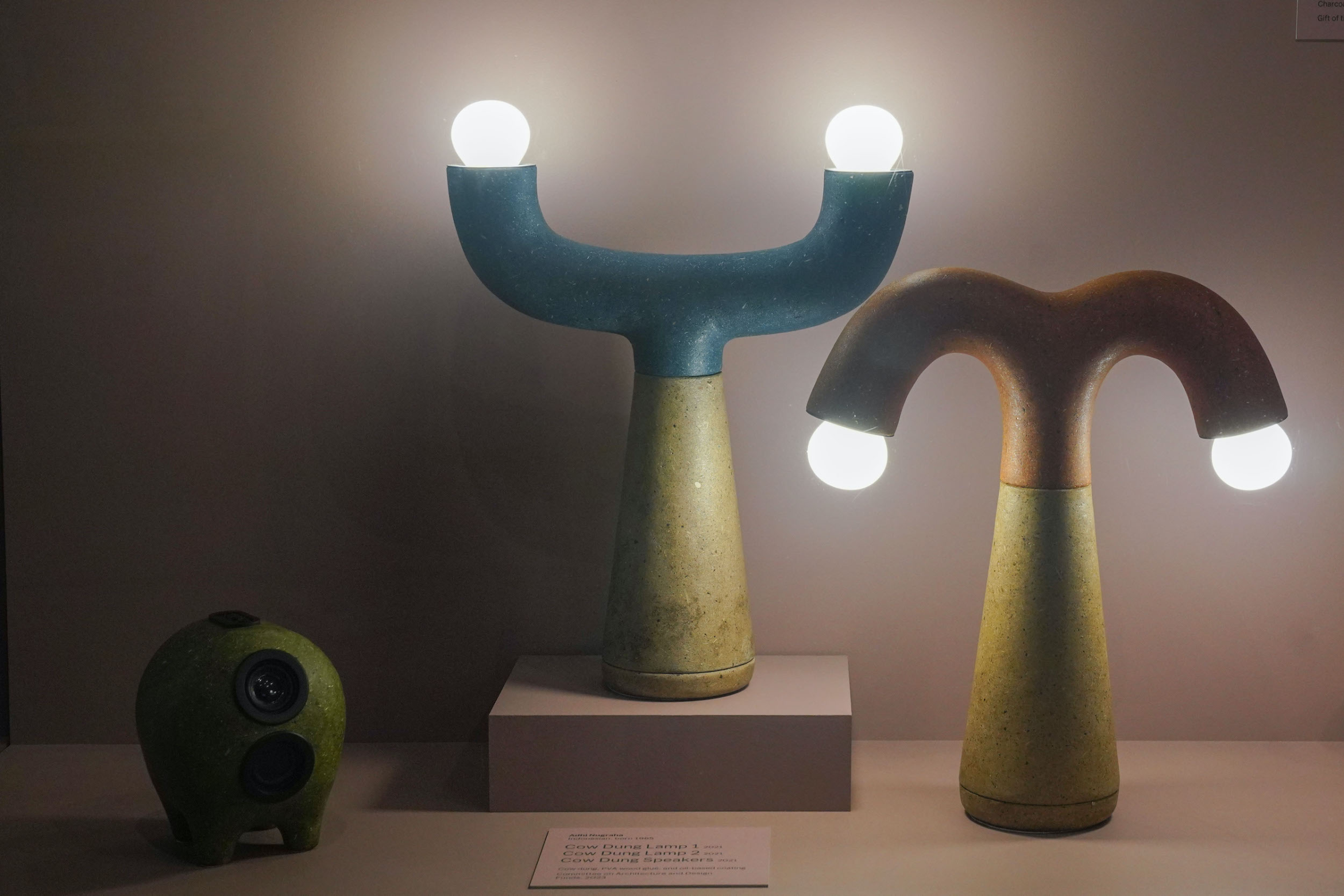VR exhibitions have been on the rise for the past decade and are a continuous hot topic. Many metrics can be measured and leveraged when it comes to the evaluation of a museum’s exhibition. However, when it comes to leveraging a VR exhibition in a physical museum, what metrics are currently being assessed and valued in the museum field? What are the factors that make or break a VR exhibition? These are the questions that this article aims to address and explore.
Takeaways: MuseumNext Green Museums Summit
The MuseumNEXT Green Museum Summit, held February 26 and 27, hosted a variety of speakers from museums and cultural organizations across the globe, each which shared their unique experiences in conducting sustainability work within their organizations. In this article, Lead Researcher Hannah Brainard reflects on her experience attending the Summit and her main takeaways.
VR and the Evolving Role of Curators and Museum Professionals
In recent years, virtual reality (VR) has emerged as an engaging tool for museums, offering visitors immersive and interactive experiences that go beyond traditional exhibits. However, while VR promises enriched engagement, museum professionals still face multifaceted challenges. So far, most of the research conducted has focused on how museums utilize VR to attract more visitors and, as a result, raise their revenue. But VR is not only about that. Museum professionals and curators face multiple challenges that include integrating technology, curating content, and maintaining the authenticity and educational value of exhibits while meeting the demands of modern-day audiences.
AI and Art Auctions
Although art auctioning is a long-established and time-honoring form of trading, the method and fashion of art auctioning are also challenged and transformed to reflect the needs and trends of each era. In this technology-driven era, specifically in the age of AI, in which all fields of profession and markets are being affected, the world of art auctions is also being transformed at a rapid speed.
Calculating and Reporting Emissions in the Arts
The planet is experiencing the impacts of climate change, and global leaders are prioritizing critical action. In 2015, 196 countries signed the Paris Agreement, which committed to keeping global temperature rise well below 2 degrees celsius above pre-industrial levels (Paris Agreement). It further prioritized keeping temperature rise below 1.5 degrees celsius, the level at which scientists predict the most severe and irreversible impacts may be avoided. To remain below this critical threshold, greenhouse gas emissions must peak before 2025 and be reduced by 43% by 2030.
Can a Brand Be Your Friend? Examining Authenticity in Gen Z Social
This research was conducted by a Master of Entertainment Industry Management team. The purpose of this study is to examine how Gen Z, born between 1998 and 2010, appraises social media and interprets authenticity in branded content. Recognizing the significance of Gen Z’s influence, Ayzenberg Group, an advertising agency based in Southern California with a number of high-profile gaming clients, is interested in the role of authenticity as it relates to Gen Z's social media behavior and preference.
February News: AI Watermarking, Text-to-Video, Licensing, and Social Media as News
February’s news continues to focus on AI with 3 key stories: OpenAI’s watermark for Dall-E, Sora’s release, and Reddit’s controversial AI licensing deal (with a side note to their plan to go public as a company). Data has also emerged to reveal Facebook’s loss of domination in the news space as Gen Z through Gen X are turning to Instagram and TikTok.
Chasing Waterfalls: An Early Case Where AI Writes and Performs in an Opera
The following case study analyzes an opera, Chasing Waterfalls. The opera, which premiered in Dresden, Germany on September 3, 2022, challenged traditional opera expectations by bringing a different way to integrate technology into the opera space. Chasing Waterfalls utilizes Artificial Intelligence (AI) software to write, compose, and perform its own aria live within the show.
Convergence and Innovation: Exploring How Blockchain is Shaping a New Era in the Korean K-pop Industry
Blockchain technology has began to permeate an essential aspect of South Korean culture, the K-pop business. South Korea's K-pop industry, famed for its distinct artistic expression and worldwide clout, is entering a new era of digital innovation. The K-pop industry, as represented by firms such as Modhaus, has begun to use blockchain technology, particularly non-fungible tokens (NFTs) and blockchain-based voting systems, to create new forms of engagement for fans as well as artists and music corporations.
What are the Impacts of Digital-Based Immersive and Interactive Art on Audiences?
Over the past decade, digital-based immersive and interactive art experiences have emerged as a popular trend in the art world. In the digital age, rapid technological advancements and continuous updates in digital equipment have revolutionized the art experience. This shift towards non-traditional, digital immersive, and interactive art forms has undoubtedly narrowed the gap between the audience and the art itself, offering a more intimate experience.
The Intersection of Equity & XR in Museums
XR is an exciting venture for museums for a variety of reasons ranging from stretching the limits of exhibition possibilities to expanding access and elevating the transfer of knowledge to an interactive, long-lasting experience. But how can museums thoughtfully incorporate XR into their programming, aligned with the sector’s increasing awareness and incorporation of equity goals?
January News: Ethics, Entertainment, & Sustainability
Emerging tech is growing in leaps and bounds in the first month of 2024, with headline advances in AI, cryptocurrency, and VR. Conversation around AI ethics continues, and young advocates take the lead in promoting a positive AI future. Meanwhile, Apple Vision Pro launches for pre-sale, partnering with entertainment leaders like Amazon Prime and Disney+ to spark demand for the product. For those interested in cryptocurrency and blockchain, the SEC approved bitcoin ETFs, and more than $4 billion was exchanged on the first day of trading. Additionally, privacy concerns push Google Chrome to phase out third-party cookies by the end of 2024, though advertisers worry about Chrome's hold on the market. And, while blockchain is known for being less-than sustainable, Artists are considering the environmental impact of their work, and exploring regenerative materials in their practice - from fine art to set design.
How AI is Leading the Textile Industry to a New Lease on Life?
Artificial Intelligence (AI) has evolved from a concept in science fiction to an essential component of everyday life. With the AI software market expected to surpass well over $200 billion, its extensive impact is unmistakable. This article will delve into the deep relationship between AI and the textile industry, highlighting how AI is transforming this age-old craft in line with the sector’s rapid growth.
Leveling Up Together: Inclusive Marketing Strategies for a Diverse Gaming Community
Research by a Master of Entertainment Industry Management team examined the current gaming landscape, allowing their video game marketing client, Cheat Code (a division of Omelet) to develop effective strategies that resonate with the diverse audience of midcore and hardcore games. They found that Diversity, Equity, and Inclusion (DEI) initiatives incorporated by a gaming company can increase players' willingness to participate in the communities.
Top 10 Articles of 2023
December News: AI, Art & Pop Culture
As 2023 comes to a close, Artificial Intelligence remains front of mind as tech giants continue to develop more powerful language models. The rapid development comes with growing concern for privacy and energy consumption. Meanwhile, arts organizations use technology to stay on top of trends - bringing popular culture into museums or adjusting to changing voice in social media. And, as the year comes to a close, the Arts Management and Technology Laboratory is taking a break for the next couple of weeks. Check back January 1 for new content, follow us on socials, or rewind to some of your favorite 2023 articles and podcasts.
In What Ways is AI Disrupting the Dance Industry?
Horizon 2028 Part 2: Audience and Industry Interview Perspectives
Horizon 2028 Part 1: The Future of Global Content Licensing
This report considers content and distribution strategies that allow Paramount Global Content Distribution (PGCD) to maximize subscriber growth and external licensing revenue. Given the symbiotic nature of licensing deals among studios, the research team focused on how PGCD can remain competitive in the streaming landscape with a balanced mixture of internally and externally licensed properties.
























